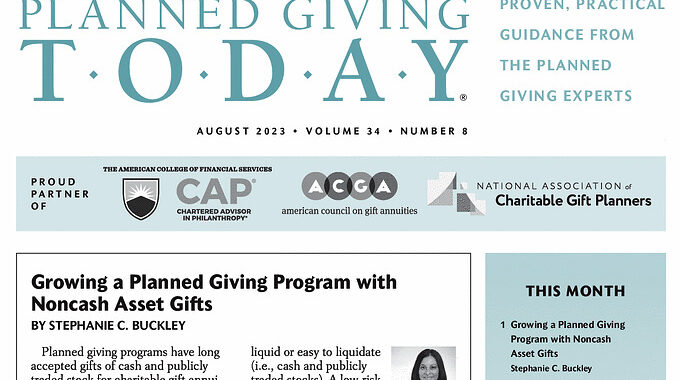By Reynolds Cafferata
Step-by-Step Protecting Your Rights
Beneficiaries can protect themselves from overbroad waiver with the following steps:
- Review the information provided by the fiduciary to see if there is any reason for concern
- Review waivers and edit forms so that they do not provide fiduciaries with greater protections than they would have with the accounting, including:
a. Describe or identify the information provided by the fiduciary;
b. Limit waiver to the acts of the fiduciary disclosed in information provided by the fiduciary;
c. Limit the indemnity to claims that are not the fault of the fiduciary;
d. Limit the indemnity to the beneficiary’s share of the claim;
e. Limit the indemnity to amount that the beneficiary received from the the estate or trust; and
f. Eliminate joint and several liability for the indemnity. - Send the edited waiver with an explanation and changes back to the fiduciary,
- Hold firm.
- If necessary, send a letter to the other beneficiaries to diffuse the peer pressure.
- When all else fails, let the fiduciary file the accounting.

